Interstellar
The strings of time
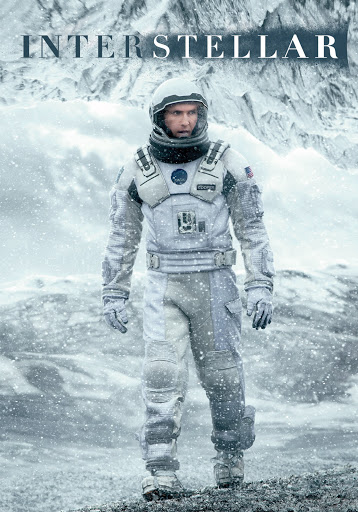
Although the new generations have at their disposal the best that technology can offer, my generation had the most impactful experience of the time, watching the premiere of a film exclusively in the theater. And when this film was something extraordinary like “2001: A Space Odyssey” (USA, 1968), it was the experience of life. Well, almost half a century later, it was the turn of the second-best science fiction film of all time, “Interstellar” (USA, 2014).
Even during the development stage, rumors were already rife that “Interstellar” would be a celebration of the 45th anniversary of the premiere of “2001: A Space Odyssey”, being a remake of Stanley Kubrick’s classic movie. But while director Christopher Nolan declares himself an unconditional fan of Kubrick, his film, “Interstellar” is not a remake, although it honors other films, books and real and fictional characters in a beautiful film and science fiction exercise.
If there’s one thing Nolan decidedly copied from Stanley Kubrick it was fidelity to scientific rigour, and a complexity in the script that left many viewers stunned, especially those accustomed to the easy chew of current productions.
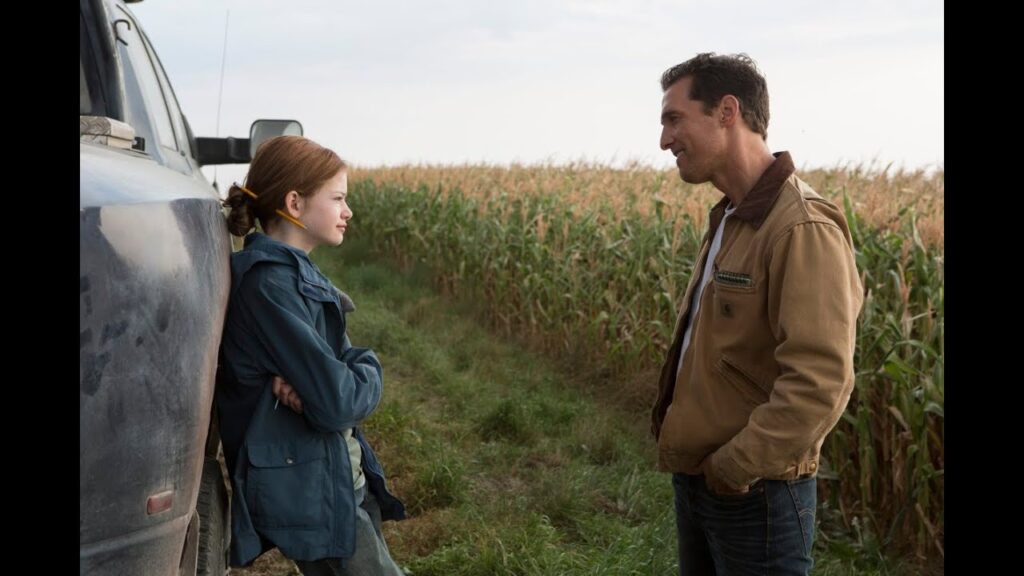
In the not-too-distant future, we find planet Earth on the brink of chaos. Unknown and devastating plagues destroy entire crops, while increasingly intense sandstorms sweep the world. Because of this situation where hunger threatens to kill the whole of humanity, wars have been set aside, space exploration has been extinguished, and all that matters now is how to get more food from an increasingly inhospitable and troubled land.
It is in this environment that we find Cooper (Matthew McConaughey), a former NASA pilot who, like most people now lived on a farm, trying to extract from the ground what was still possible.
Among the difficulties of his time, Cooper worried about Murphy (Mackenzie Foy), his teenage daughter, in whose room strange things happened, such as books dropping from the bookshelf, and piles of sand forming barcodes. By decoding this data, he discovers that it is geographic coordinates, which he decides to find out.
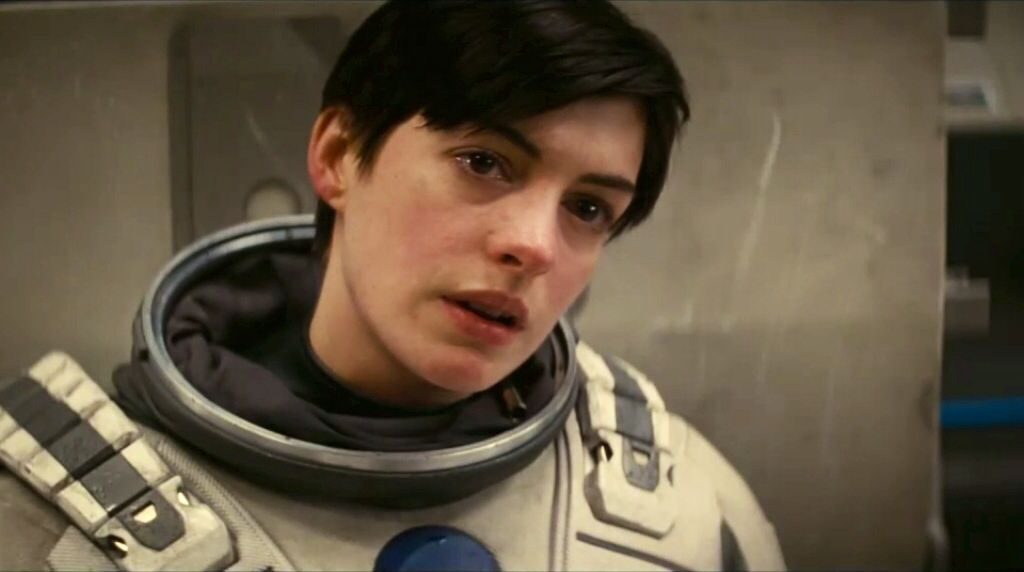
To their surprise they arrive at a very secret NASA laboratory, which they thought was extinct, and where people worked on an ambitious project to discover a new place for humanity, somewhere among the stars.
The place was run by Professor Brand (Michael Caine), a former acquaintance of Cooper’s, and his daughter Brand (Anne Hathaway). They inform him that unknown beings somehow knew what was going on on Earth, and tried to communicate with them. The such beings, “They,” had created a wormhole near Saturn, opening a space-time passage to a planetary system located millions of light-years from Earth.
In this system, there were three Earth-like planets that could serve as a new place for the population from our planet. They had a scheduled expedition, and the only component that was missing was precisely a pilot. And he, Cooper, would be the perfect choice.
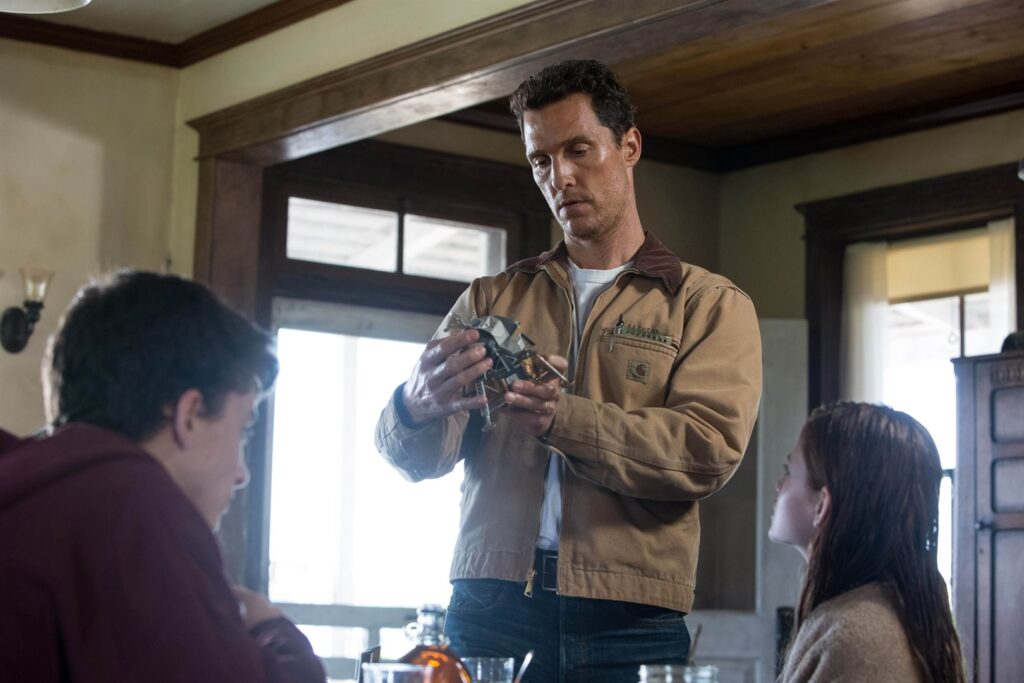
Worried about leaving his children on a journey that might not return, Cooper is extremely divided, but he decides to accept the challenge. And so, he dives into a dizzying odyssey in space, where they will find interdimensional journeys, black holes, planets with gigantic waves, inhospitable glaciers, friendships, sacrifices and betrayals, and the absolute certainty that the greatest energy of the universe is love.
But if there is one important character in this story it is time. Earth’s time seems to run out in the face of calamities. The time of travelers is different from those who stayed on Earth. The time on one of the planets is much longer because of the proximity to a black hole. How about a place where time was just another variable in an equation?
We are always accustomed to seeing time as something continuous, constant and immutable, although Einstein has proven for over a century that time is relative, and may be different depending on the speed to which a body is subjected. All physical properties are distorted in the vicinity of a black hole. What if we could get a machine capable of controlling gravity and time?
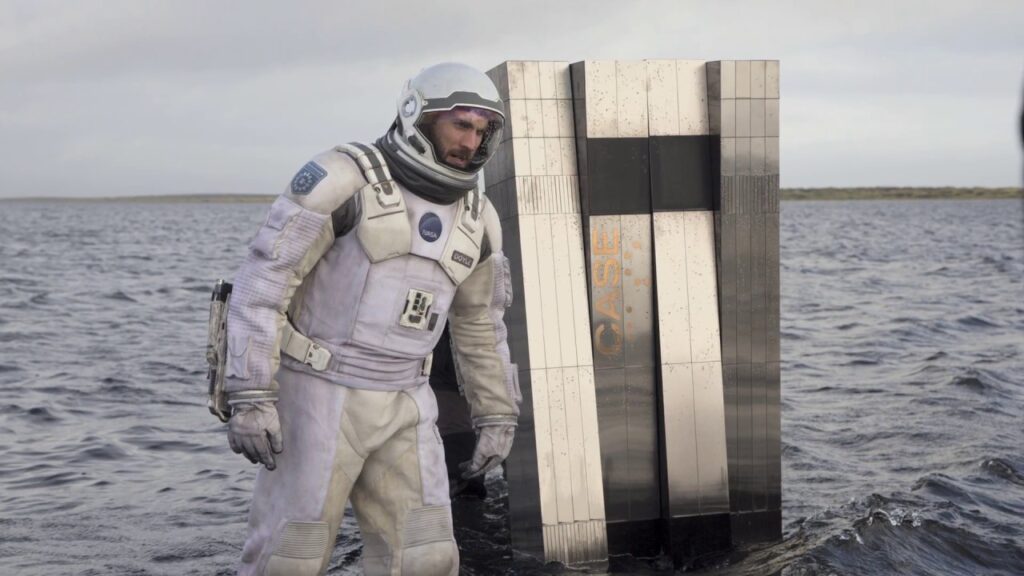
Although cinema is fantasy, Christopher Nolan, as Kubrick did in “2001: A Space Odyssey”, sought to surround himself on a scientific basis, having as a consultant the physicist Kip S. Thorne, who guided the team and controlled exaggerations, such as when he avoided the introduction of a journey at a speed greater than that of light in the movie.
“Interstellar” is full of references and tributes, such as the robot named KIPS (homage to Kip S. Thorne himself), the solution to escape the planet that recalls “2010: The Year We Make Contact”, the format of robots, reminding of the monolith of “2001: A Space Odyssey”, and even an image of the brilliant writer Arthur C. Clarke at the end of the film.
Probably, many people will not like “Interstellar” because of the situations experienced by the characters, which will cause strangeness, especially by the scientific facts presented. Of course, it’s much easier to consume a “Star Wars” with noise in space, solid laser swords, etc., but we’re watching a film by Nolan, the same creator of “Memento” (USA, 2000), Dark Knight trilogy and the intricate “Inception” (USA/UK, 2010).
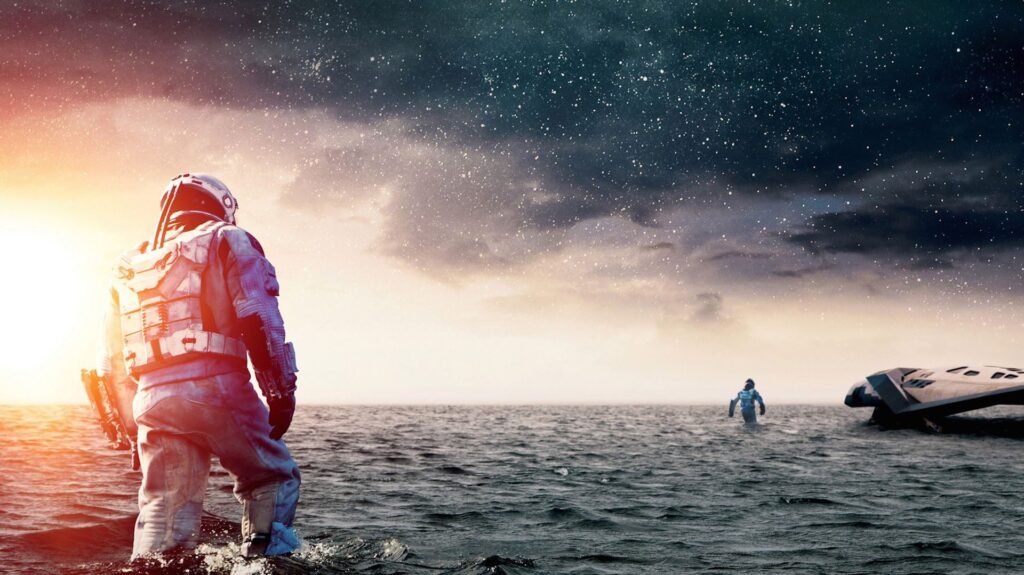
Like “2001: A Space Odyssey”, “Interstellar” is a film to be watched more than once, giving way to lively and endless discussions, where interpretations will be as disparate as possible – and perhaps none of them are right or wrong. As Einstein used to say, everything is relative.
“Interstellar” can be watched on the HBO MAX streaming service.






